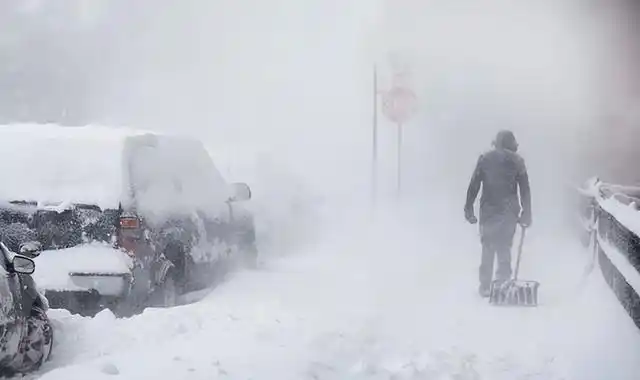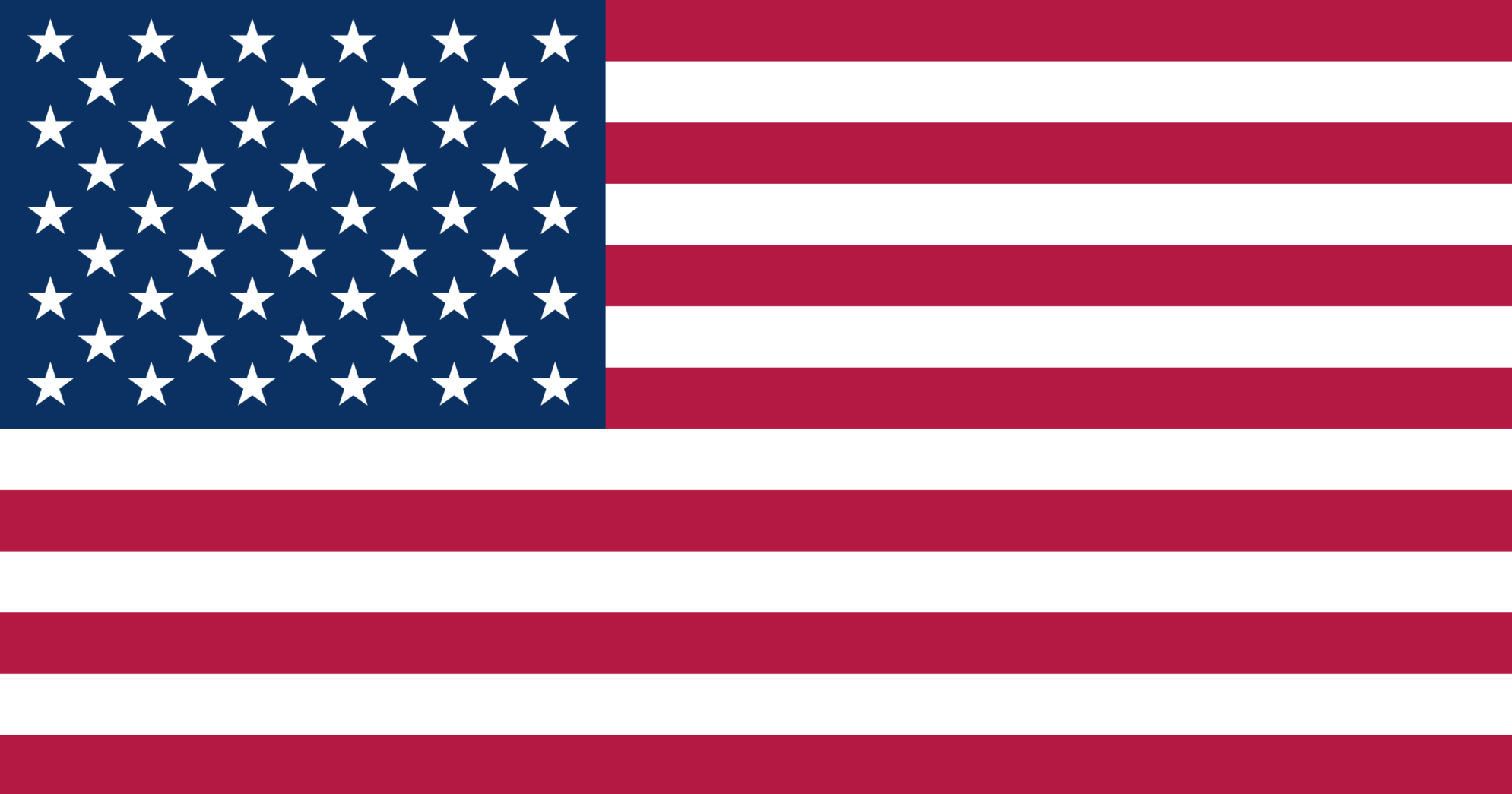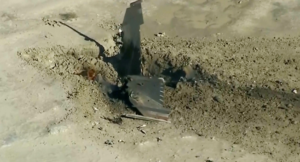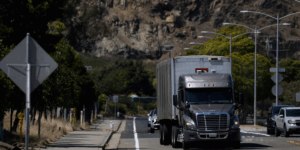Severe snowstorm hits many parts of the United States, affecting more than 60 million people

The central United States was hit by a winter storm on Saturday, and the weather station warned that the east would face severe weather such as heavy snow, freezing, rain and strong thunderstorms, affecting more than 60 million people. The National Weather Service warned that states from the central plains to the East Coast will experience severe weather with ice, snow and strong winds, and traffic will be seriously delayed. “This destructive winter storm will continue until Monday, bringing widespread snowfall and destructive snow accumulation, making travel extremely dangerous, roads impassable, and the risk of being trapped by driving is high.” The storm began on Saturday afternoon and moved north from the Gulf of Mexico, arriving in the Mississippi Valley and the Midwest on Sunday morning, spreading all the way to the Ohio Valley and the Southeast, and reaching Washington, D.C., Pennsylvania and New York in the northern part of the East Coast of the United States on Sunday night and Monday. Some areas may initially experience snowfall, but as warm air moves in, it will turn into ice and snow. Other areas will first experience rain or freezing rain, and then gradually turn into snowfall. This blizzard will bring more than a foot of snow, ice and snow that may cause power outages, and the lowest temperature of the season. The coldest states of Missouri, Illinois, Indiana, Ohio and West Virginia will see the most snow. Unlike other winter storms, this one will follow a more southerly path, so Minnesota, Wisconsin, Michigan and northern New York may see little to no snow. Severe ice is possible from Kansas and Missouri to the central Appalachian Mountains, as well as parts of Maryland and Delaware, making travel almost impossible. The National Weather Service warned that this is expected to cause long power outages. In much of the warmer South, the blizzard may bring rain and thunderstorms. The Storm Prediction Center said there will be a threat of Category 3 severe thunderstorms in Louisiana, Arkansas and Mississippi on Sunday. Extremely cold weather may follow the blizzard. Temperatures will be 30 degrees Fahrenheit below normal on Tuesday in the eastern two-thirds of the United States, and the cold weather will continue in some areas until at least the middle of the month. The governors of Missouri, Kentucky and Virginia have declared a state of emergency, and the governor of Maryland has declared a state of preparedness. Many parts of Europe also encountered blizzards. In the UK, heavy snow fell in many places in Wales, central England and northwest England, causing power outages in some places, closing the runways of Bristol and Liverpool airports, and affecting air passenger travel. In Germany, snowfall and black ice caused hundreds of flights to be canceled at Berlin, Munich and Frankfurt airports. The Meteorological Bureau warned that after the snowfall on Sunday night, there will be freezing rain at the airport. In the Netherlands, at least 70 flights were canceled at Amsterdam Airport on Sunday due to bad weather, and several other flights were delayed. Scientists say that extreme weather is becoming more common and severe due to the intensification of climate change.





